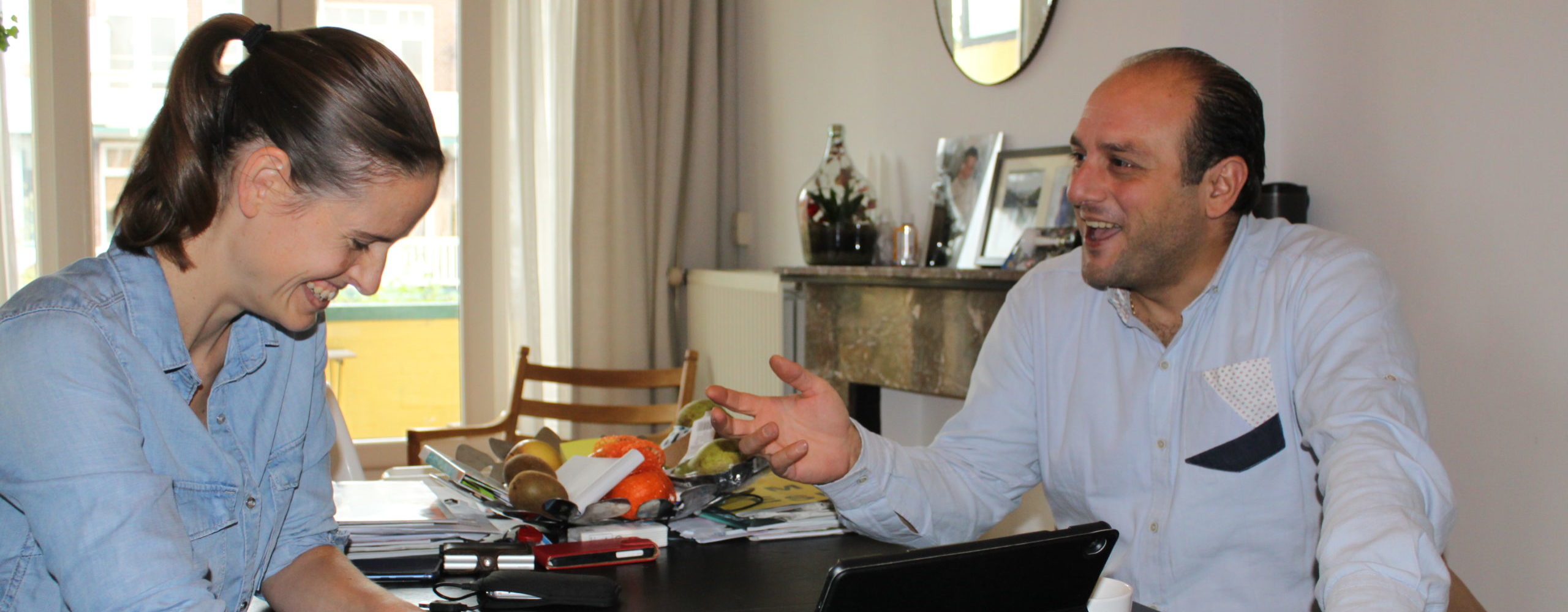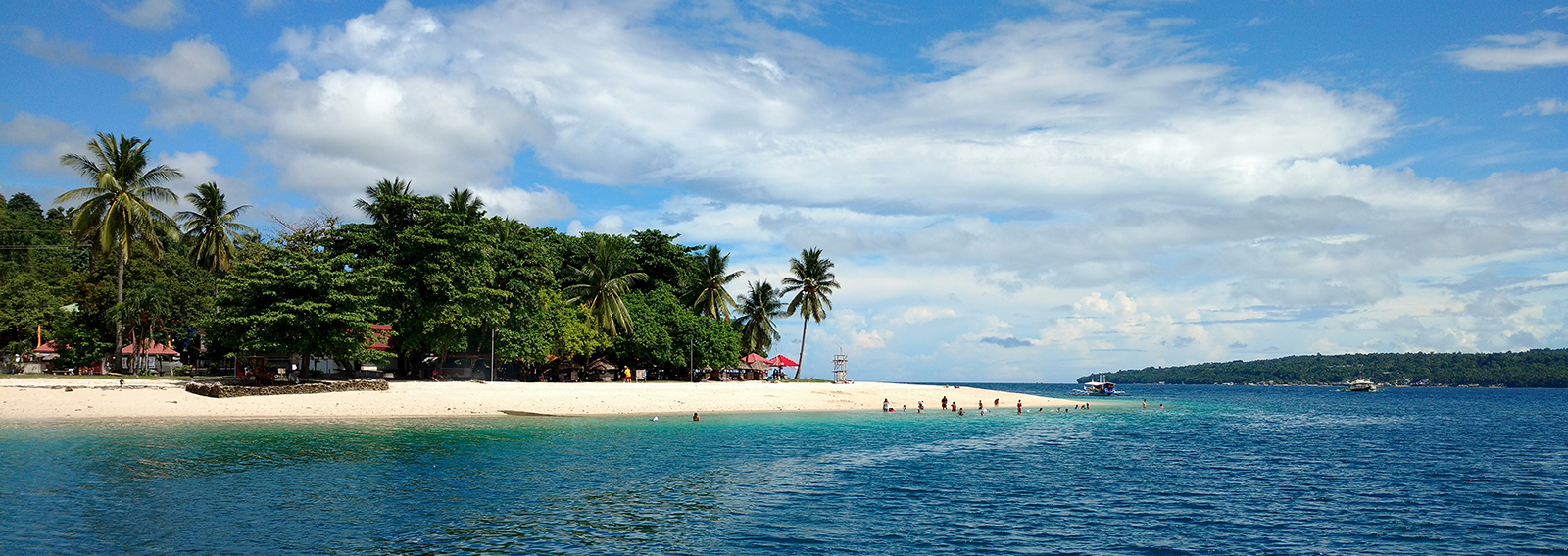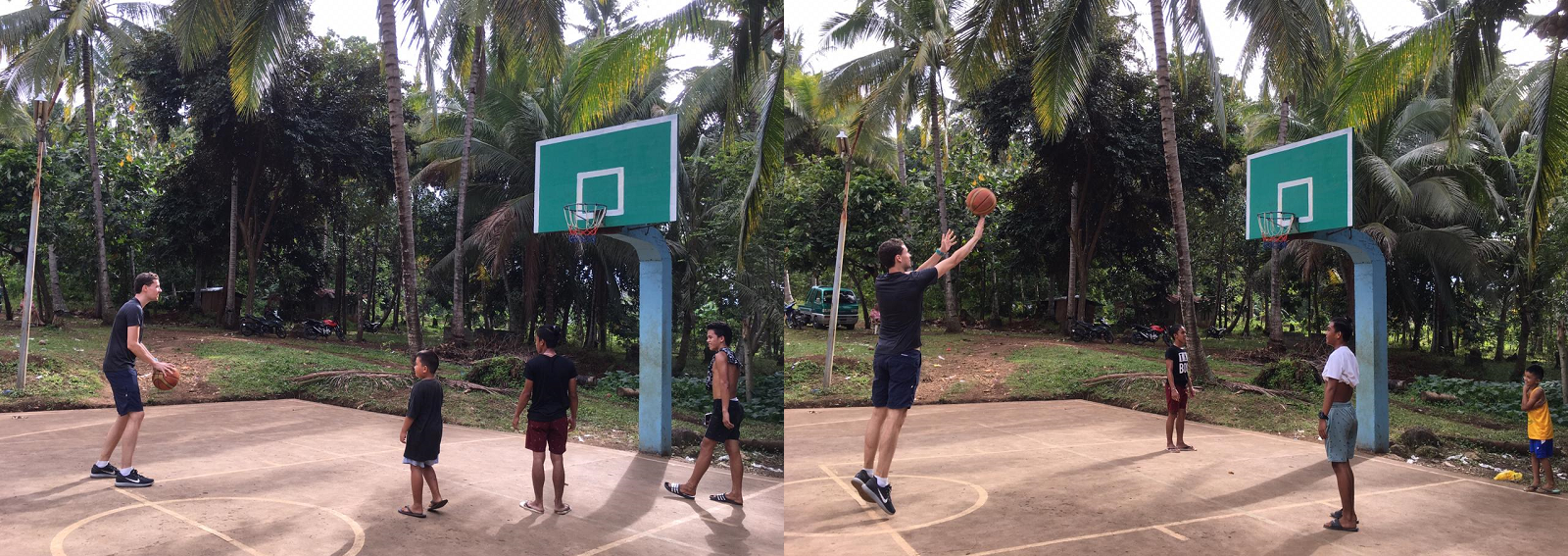Sophie and I just spent three weeks surrounded by the free and easy familiar. Suitcase in hand, we went across our little nation visiting friends and family. We had a great time.
On the way back to Davao, I had a seven hour layover in Singapore, so I decided to metro into town and walk around a bit, full zombie mode.
Strolling around the financial district felt very much like roaming around lower Manhattan. It wasn’t until I reached Chinatown and had a noodle breakfast at a hawker center that I got a glimpse of the “unAmericaness” of the place.
No land untouched
Singapore is global, but my impression during my ultra-quick visit was that first and foremost it’s all kinds of Asian. Not just a hub of trade and money; it’s a regional hub of people.
Also noteworthy: the melting pot that is Singapore is the world’s most expensive city for the fifth year running.
Singapore is booming. On the forty-minute metro ride from the airport passing through the suburbs, it was impossible not to notice the countless real estate projects mushrooming everywhere. Not a single square meter of land seems to be left untouched.
An often-heard critique in the context of construction is that the many migrant workers who are brought in for these building projects are ill-treated and underpaid.
Another criticism, coming from Human Rights Watch for instance, is that the Singaporean government frequently impedes on freedom of speech.
It is true, that part of a general policy to “protect public order,” the authorities have a lot of leeway to do what they deem necessary to enforce what they consider “proper” conduct. The government is pushing back against critics, saying they’re biased and untruthful.
Grip on public life
There’s a parallel here with how Davao City has developed in the past two decades or so. Davao, like Singapore, has sought – and managed – to gain a tight grip on public life.
Most people in Davao will now tell you their city is the safest in the Philippines. The measures taken by local government to enforce this sense of security are by many taken for granted – most are actually expecting nothing less.
Although it’s popular to use Singapore as a model for Davao to aspire to, as of now the differences definitely outweigh the similarities. In terms of economic and social well-being, healthcare and so on, Singapore is far ahead.
Only a three-and-a-half-hour flight away, Davao feels like a different world entirely.
But why look to Singapore? Davao Region outperformed the annual national economic growth rate in 2017. More and more international flight destinations are opening up Davao to the world. Also, Mindanao is the most culturally diverse part of the country.
There is more than enough potential for Davao to develop into a unique regional hub of its own making, with its own distinct identity. And who knows, in a few years, bloggers will write about their seven hour layover experience roaming around Davao.
A Singaporean taxi driver’s take on how his city compares to Davao








